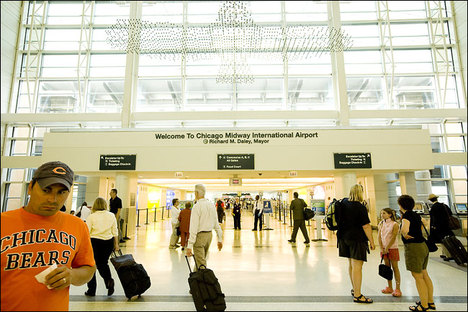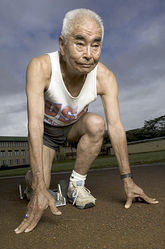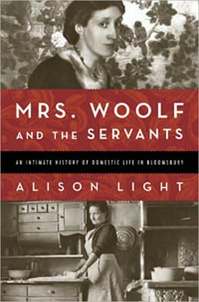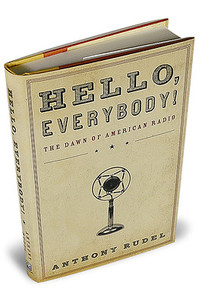(p. A7) Ayn Rand died more than a quarter of a century ago, yet her name appears regularly in discussions of our current economic turmoil. Pundits including Rush Limbaugh and Rick Santelli urge listeners to read her books, and her magnum opus, “Atlas Shrugged,” is selling at a faster rate today than at any time during its 51-year history.
. . .
Rand . . . noted that only an ethic of rational selfishness can justify the pursuit of profit that is the basis of capitalism — and that so long as self-interest is tainted by moral suspicion, the profit motive will continue to take the rap for every imaginable (or imagined) social ill and economic disaster. Just look how our present crisis has been attributed to the free market instead of government intervention — and how proposed solutions inevitably involve yet more government intervention to rein in the pursuit of self-interest.
Rand offered us a way out — to fight for a morality of rational self-interest, and for capitalism, the system which is its expression. And that is the source of her relevance today.
For the full commentary, see:
YARON BROOK. “Is Rand Relevant?” Wall Street Journal (Sat., MARCH 14, 2009): A7.
(Note: ellipses added.)







